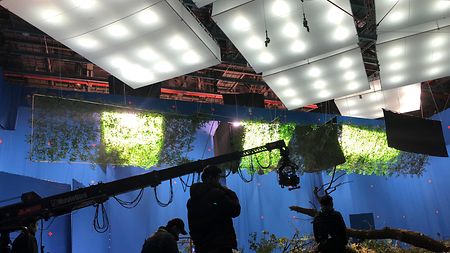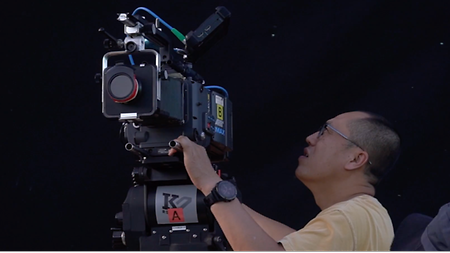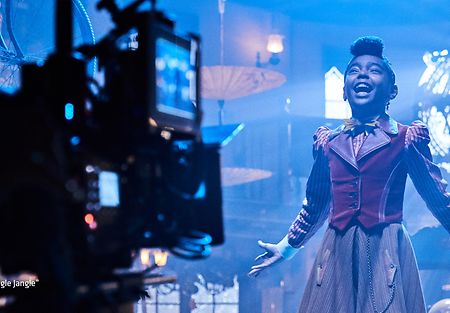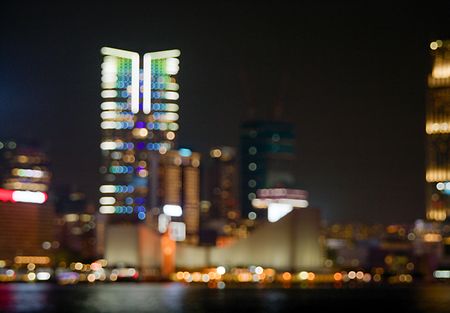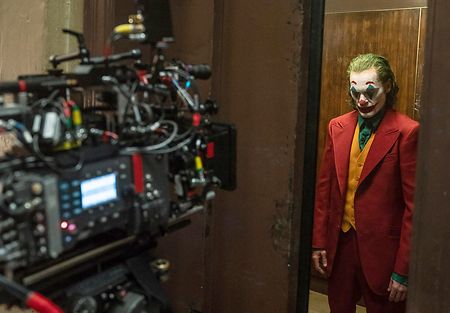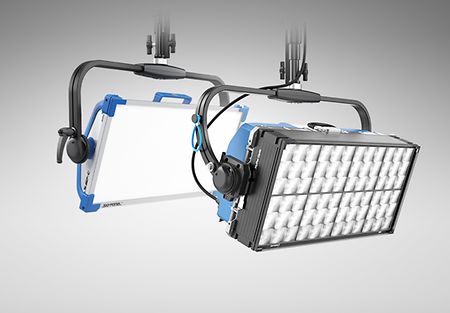The Chinese Lunar Festival, also referred to as Chinese New Year and Spring Festival, has long been a lucrative occasion for cinemas in China, however, this past February, the country broke its own astounding records by bringing in $1.9 billion US dollars (RMB 12.2 billion) in ticket sales for the entire month. The Lunar New Year holiday, which ran from February 11 to 17 in 2021, marked the first time in Chinese film history that the country’s single-day box office exceeded $155 million US dollars (RMB 1 billion) for five consecutive days. More than 160 million viewers attended more than 2.9 million screenings.
While many countries around the world have shuttered their cinemas due to the pandemic, movies have become even more popular in China. Instead of traveling home for the holiday, which was discouraged by the government, many Chinese celebrated the festival by going to the cinema even despite higher ticket prices and strict hygiene regulations in the theaters.
The film line-up this year also didn’t disappoint; a total of seven Chinese films were released during the weeklong holiday. Among them were the much anticipated suspense comedy “Detective Chinatown 3,” the fantasy flick “The Yinyang Master,” and the star-studded adventure film “A Writer's Odyssey.” The highest grossing of the seven was “Detective Chinatown 3” which earned $550 million US dollars (RMB 3.55 billion) while “A Writer’s Odyssey” made $83.7 million (RMB 540 million).
ARRI spoke to the cinematographers behind these pictures about their choice of equipment and their experiences working on some of 2021’s already most-seen films.


